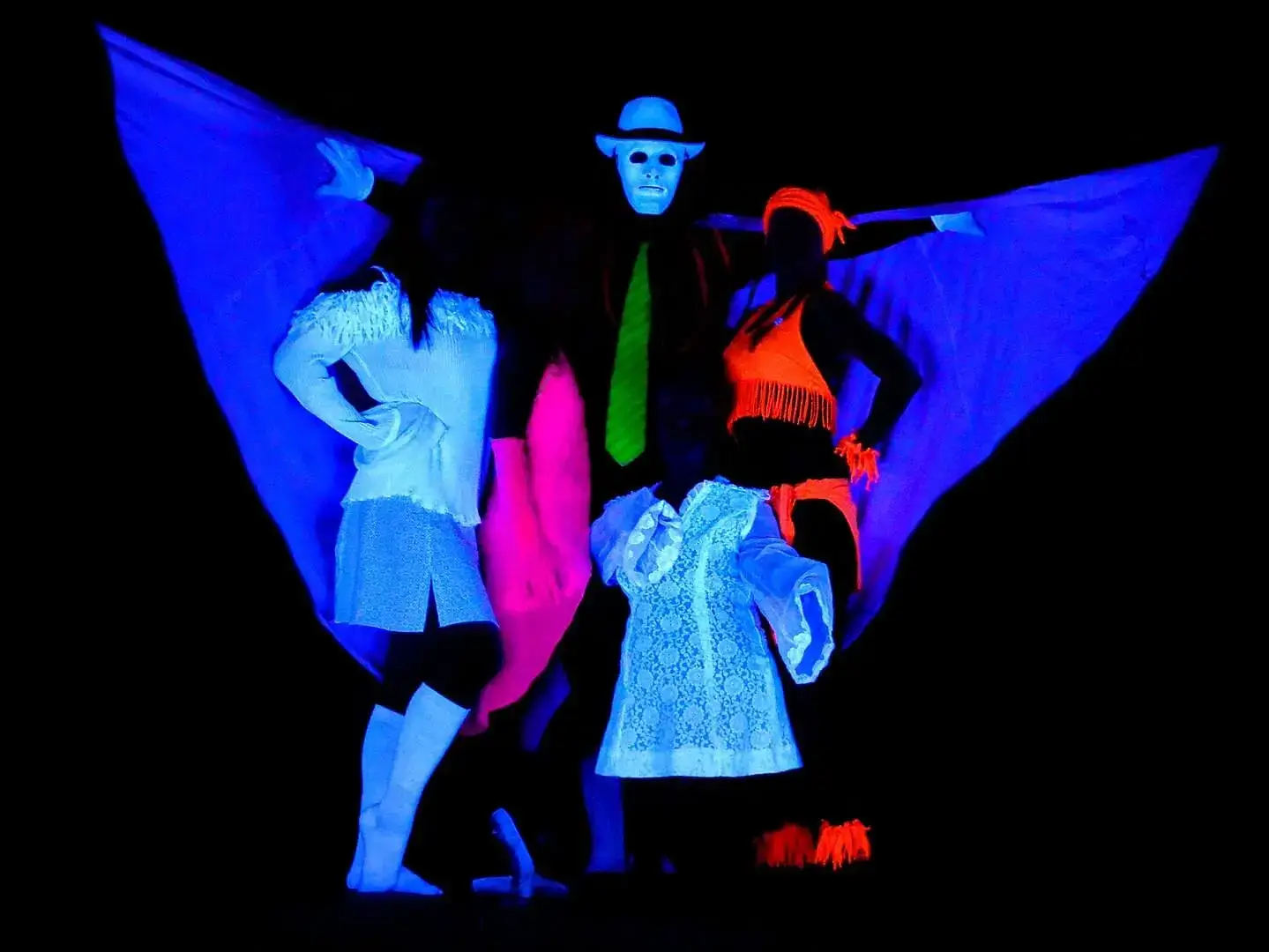The main difference between fluorescence and phosphorescence is that Fluorescence emits light quickly, lasting only nanoseconds to microseconds. On the other hand, Phosphorescence exhibits a delayed and sustained emission, lasting milliseconds to hours.
Not to mention, one of the main significant similarities between fluorescence and phosphorescence is that both of them are two forms of photoluminescence. Photoluminescence is nothing but a light emission from any form of matter after the absorption of photons.
This article provides a detailed comparison of the 10 fundamental differences between fluorescence and phosphorescence, presented in a tabular format. Therefore, without wasting any more time, let’s dive right in…!!!
Fluorescence vs Phosphorescence
| Aspect | Fluorescence | Phosphorescence | |
| 1. | Emission Duration | Short-lived emission (nanoseconds to microseconds) after the energy source is removed. | Long-lived emission (milliseconds to hours) after the energy source after the energy source is removed. |
| 2. | Energy Transfer | Immediate release of absorbed energy. | Delayed release of absorbed energy. |
| 3. | Energy Transition | Involves singlet-singlet transitions, with electrons returning to the ground state. | Involves triplet-singlet transitions, leading to a slower return of electrons to the ground state. |
| 4. | Absorption and Emission Wavelength | Absorption and emission occur simultaneously. | Absorption and emission are decoupled. |
| 5. | Afterglow | No noticeable afterglow. | Visible afterglow after excitation. |
| 6. | Temperature Effect | Sensitive to temperature changes. | Less affected by temperature variations |
| 7. | Spin Transition | No requirement for spin change. | Requires intersystem crossing for spin change. |
| 8 | Common Colors | Wide range of colors including UV and visible colors. | Often emits green or longer-wavelength light. |
| 9. | Energy Wastage | Some absorbed energy is lost as heat. | More absorbed energy is retained as potential energy. |
| 10. | Applications | Applications of Fluorescence include Fluorescent Lighting (CFLs), Forensic Science, Flow Cytometry, etc. | Applications of Phosphorescence include Toys, Stickers, Emergency Exit Signs, etc. |
Detailed Explanation of 10 Differences Between Fluorescence and Phosphorescence:
- Emission Duration: Fluorescence emits light quickly, lasting only nanoseconds to microseconds. Phosphorescence, however, exhibits a delayed and sustained emission, lasting milliseconds to hours.
- Energy Transfer: Fluorescence promptly releases absorbed energy in the form of light. Phosphorescence stores absorbed energy temporarily before emitting light, resulting in a delayed release.
- Energy Transition: Fluorescence involves singlet-singlet transitions, with electrons returning to the ground state. Whereas, Phosphorescence involves triplet-singlet transitions, leading to a slower return of electrons to the ground state.
- Absorption and Emission Wavelength: In fluorescence, absorption and emission occur simultaneously. Phosphorescence involves a decoupling of absorption and emission processes.
- Afterglow: Fluorescence doesn’t produce any noticeable afterglow. On the other hand, Phosphorescence exhibits a visible afterglow once the excitation source is removed.
- Temperature Effect: Fluorescence is sensitive to temperature changes, often leading to variations in emitted intensity. Whereas, Phosphorescence is less affected by temperature fluctuations.
- Spin Transition: Fluorescence does not require a change in spin. Whereas, Phosphorescence involves intersystem crossing, necessitating a change in spin during the transition.
- Common Colors: Fluorescence covers a wide spectrum, including UV and visible colors. Phosphorescence often emits green or longer-wavelength light.
- Energy Wastage: Fluorescence loses some absorbed energy as heat. Phosphorescence retains more absorbed energy as potential energy, contributing to the afterglow effect.
- Applications: Applications of Fluorescence include Fluorescent Lighting (CFLs), Forensic Science, Flow Cytometry, etc. On the other hand, Applications of Phosphorescence include Toys, Stickers, Emergency Exit Signs, etc.
That’s it for this post. If you like this article, share it if you like, like it if you share it. You can also find us on Mix, Twitter, Pinterest, and Facebook. Hey man, If you have come this far, do give us feedback in the comment section. It would make my day. You can also make a donation. Your donations will help us to run our website and serve you BETTER. Cheers!!!
You might also like:
- 10 Differences Between Alpha and Beta Decay in Tabular Form
- 10 Differences Between X Rays and Gamma Rays in Tabular Form
- 10 Differences Between X-Rays and Ultraviolet Rays in Tabular Form
